Nutrition Begins in the Womb: How Nutrition Influences Genetic Expression
We all know that nutrition plays a role in antler and body growth. What many people don’t know is that a doe’s nutrition while she is carrying offspring can influence the future growth of that offspring both in antler and body growth. When a buck fawn is born to a mother that is undernourished, he will never catch up to other buck fawns raised by mothers with adequate nutrition. The saying goes “you fall behind, you’re left behind.” This phenomenon is known as epigenetics and it occurs when a buck has the genetic makeup to be a super star, but the genes that code for superior antler growth are never transformed because the conditions are less than ideal.
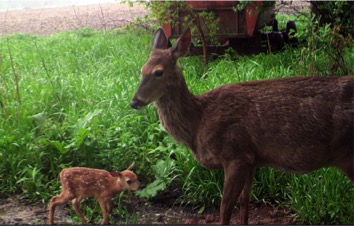
In the hierarchy of essential processes, organ and body growth trump antler growth. Antlers are secondary sexual characteristics and when a buck fawn is raised in an environment that is less than ideal, they simply cannot afford to grow a large set of antlers. Big antlers would compromise their ability to survive or compete for breeding rights. A buck with a large set of antlers and a small body will lose a fight over a doe if they are faced with that situation. It may not be so direct that if they did grow big antlers they would fall over dead, but their allocation of resources toward antler tissue versus other tissue, may mean their immune system may not be as powerful, therefore they would succumb to disease easier.
There was an interesting study published recently on the topic of nutrition causing reduced antler growth in deer in southern Mississippi. They found that bucks born to mothers of poor nutrition had smaller antlers than bucks raised to mothers that had been in the womb of does that had great nutrition. Basically it took two generations of deer to see the effects of increased nutrition on antler growth of offspring. This is why it takes several years for a newly established feeding program to realize the benefits of the additional nutrition.
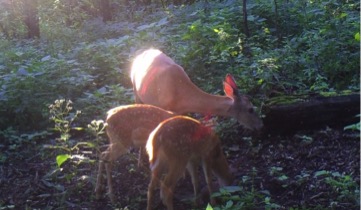
To help you understand the importance of nutrition, think about Michael Phelps, arguably one of the best athletes on the planet. Michael can afford to burn several thousand calories swimming at break-neck speed because he has proper nutrition. Phelps ate 10,000 plus calories per day when he was training for the 2008 Olympics. He ended up winning 8 Gold medals and set several world records. If you put Michael in a third world country for several months, he wouldn’t perform the same because his diet would not allow him to expend as much energy on production (swimming). The same holds true for a buck fawn living on a pine plantation in southern Georgia versus a buck fawn raised in the farm belt of southern Iowa. The latter grew up with adequate nutrition, and so did his mother. The southern Georgia buck will never be world class buck because available nutrition limits him.
-Tim Neuman, Wildlife Biologist
Your Cart
Categories
- Attractants 26
- CWD 1
- Deer Management 62
- EHD 3
- Food Plots 18
- Hunting 85
- Land Management 18
- Minerals 28
- Shed Hunting 4
- Supplements 36
- Turkey Hunting 7
Browse Tags
Products
-
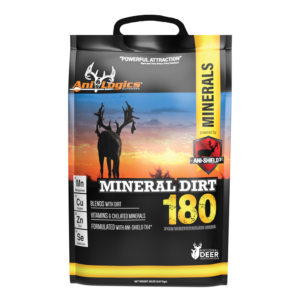 Mineral Dirt 180 - 20lb
$34.99
Mineral Dirt 180 - 20lb
$34.99 -
-
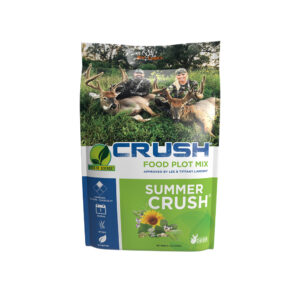 Summer CRUSH
$39.99 – $129.99
Summer CRUSH
$39.99 – $129.99 -
-
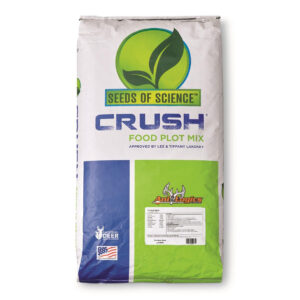 CRUSH Pro Bean Blend
$139.99
CRUSH Pro Bean Blend
$139.99 -
-
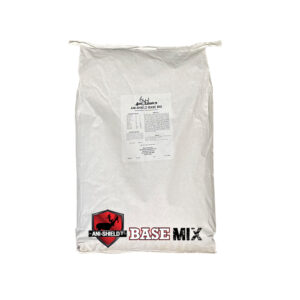 Ani-Shield Base Mix
$59.99
Ani-Shield Base Mix
$59.99 -
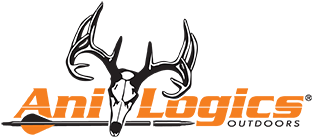
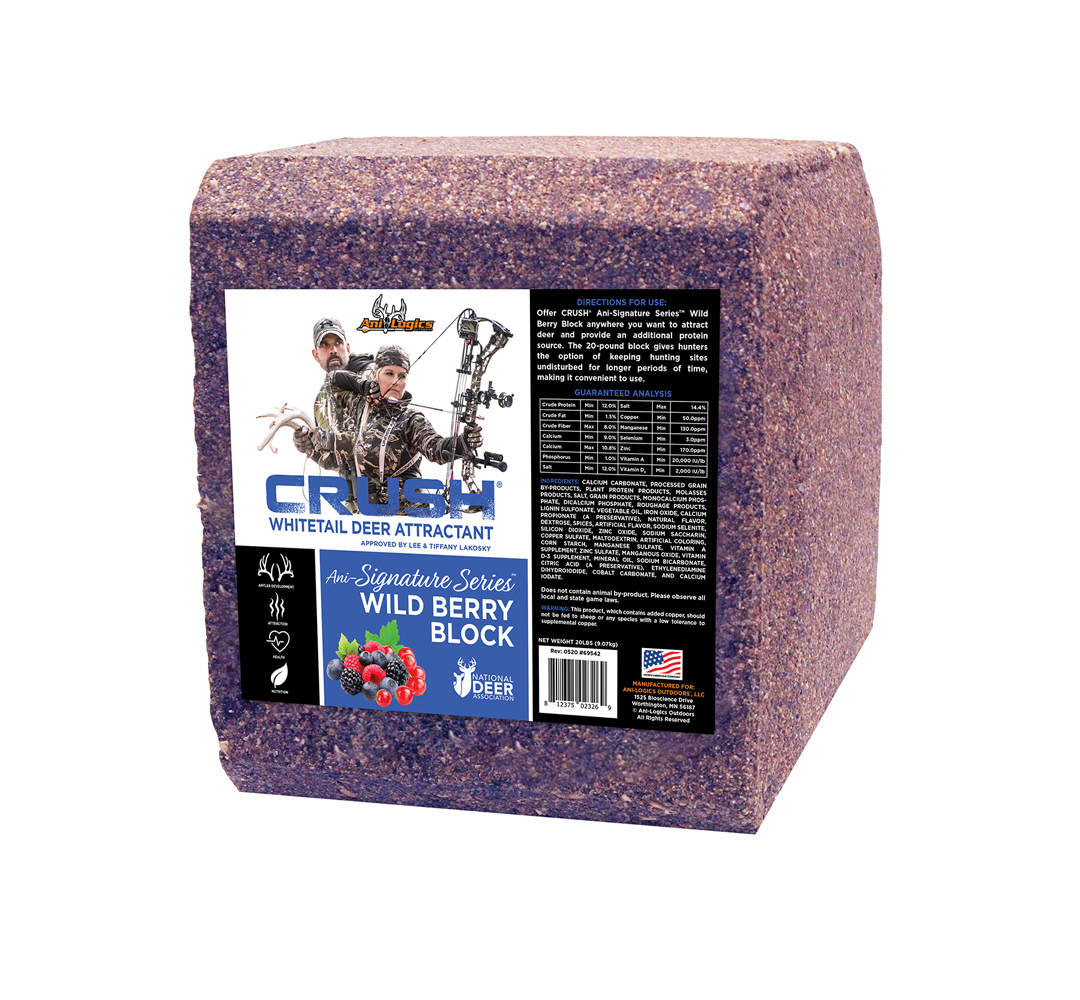
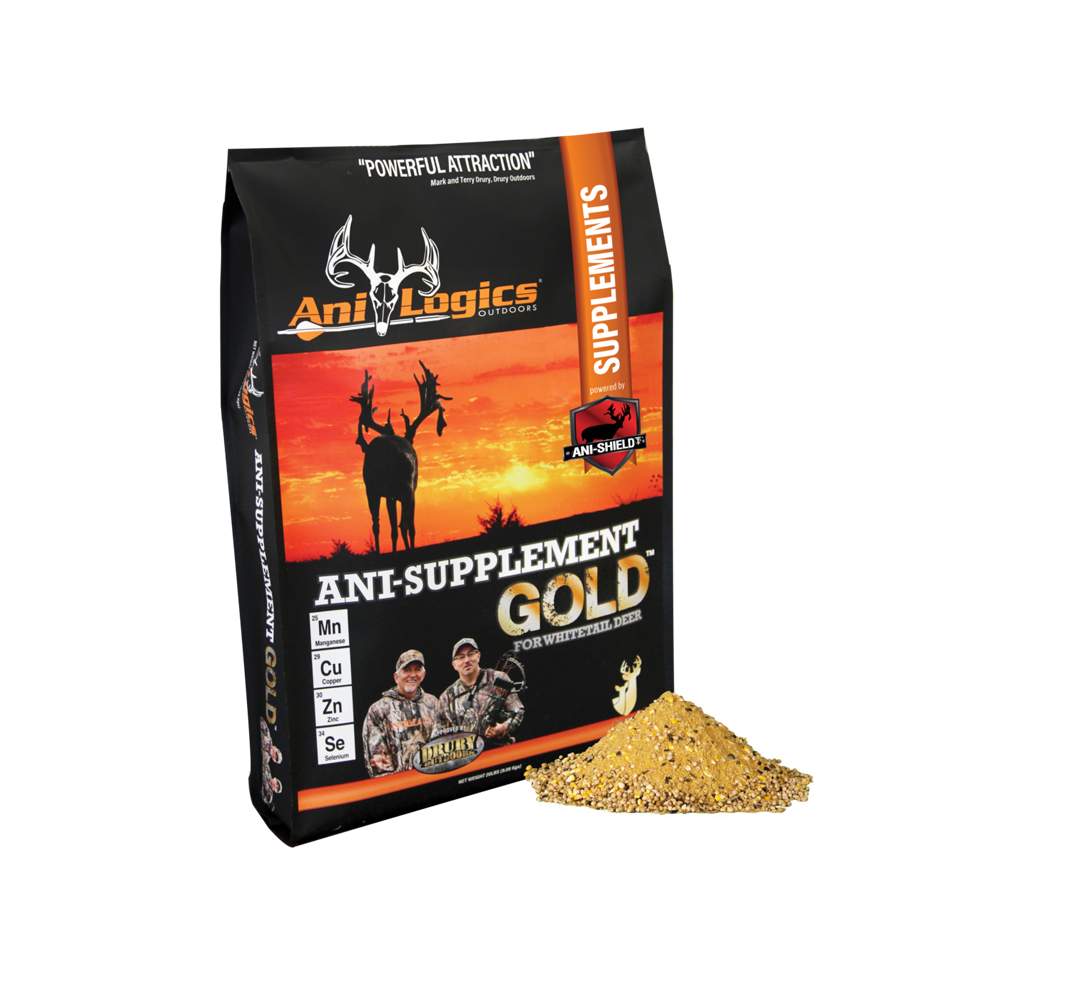
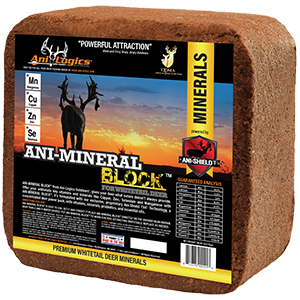
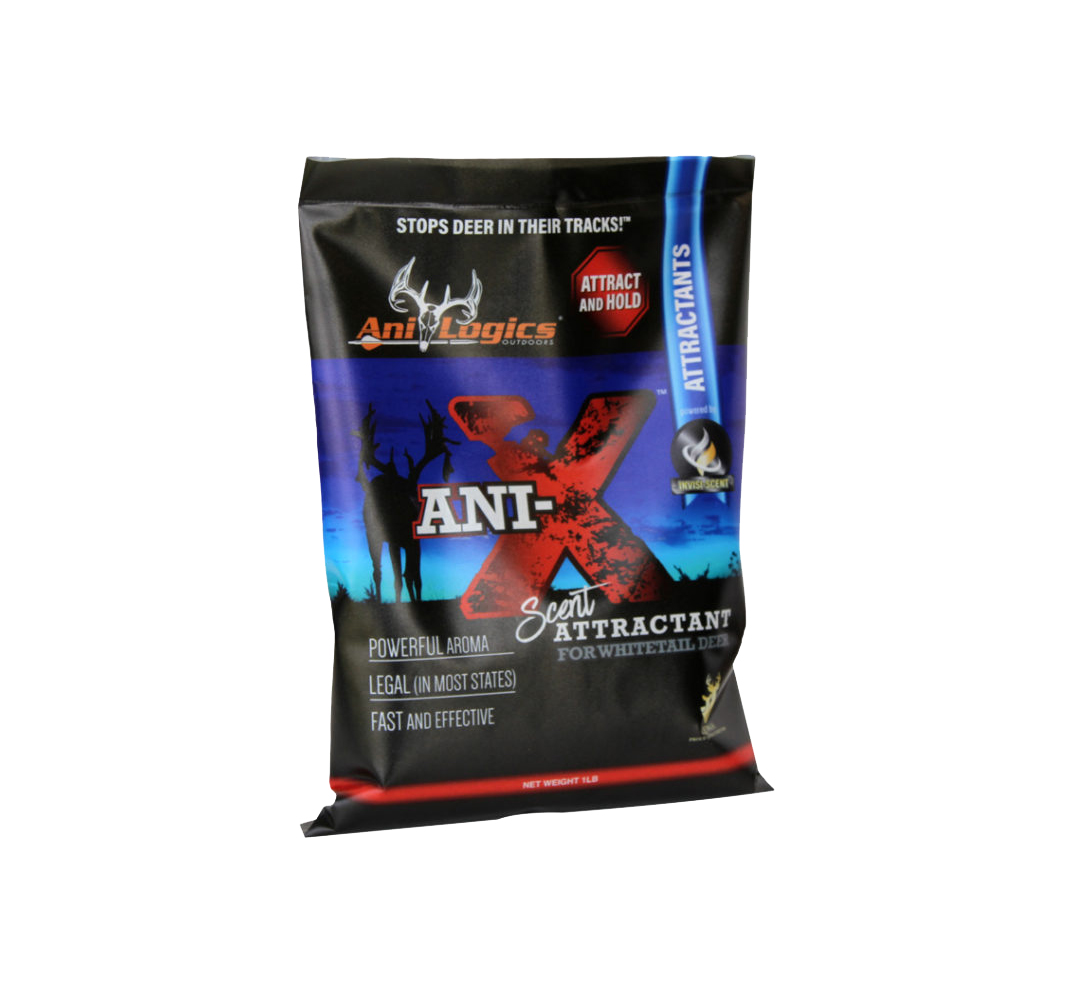
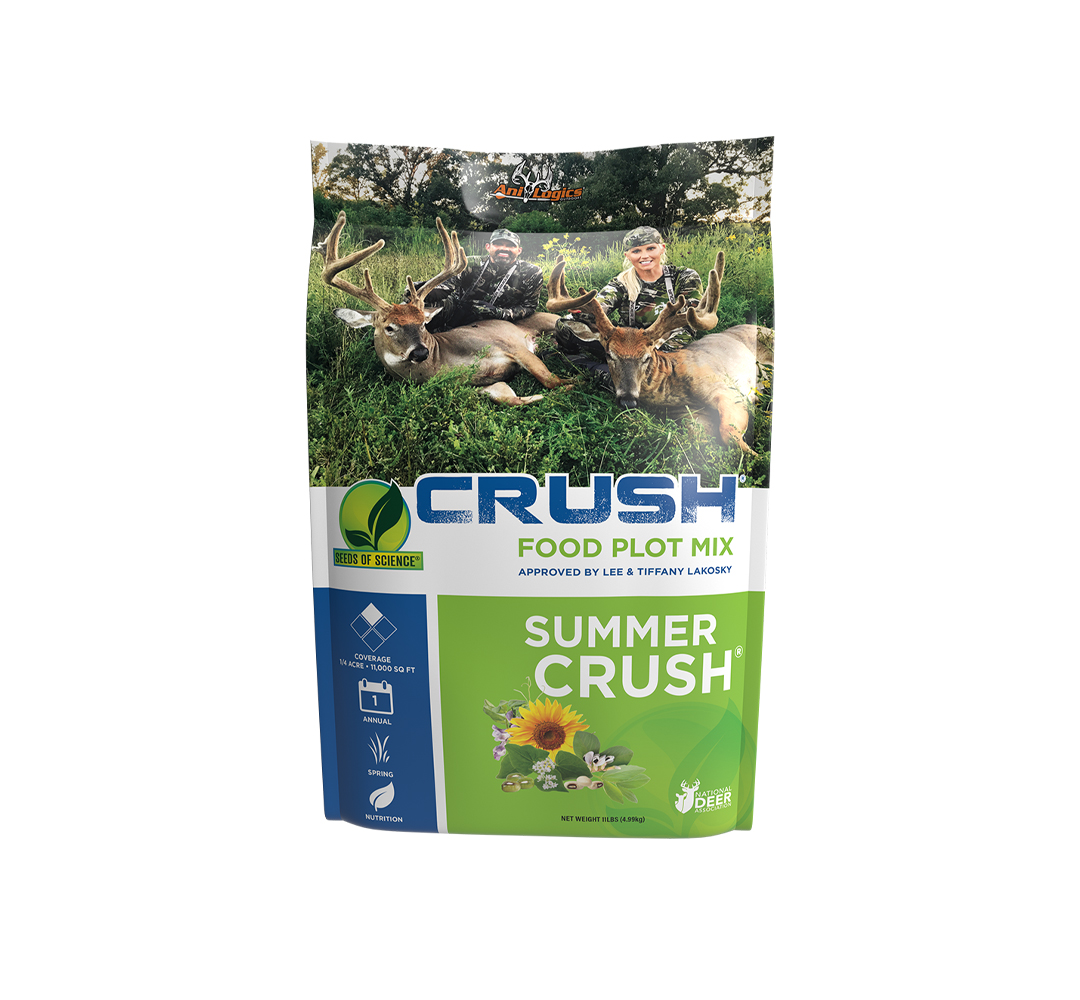
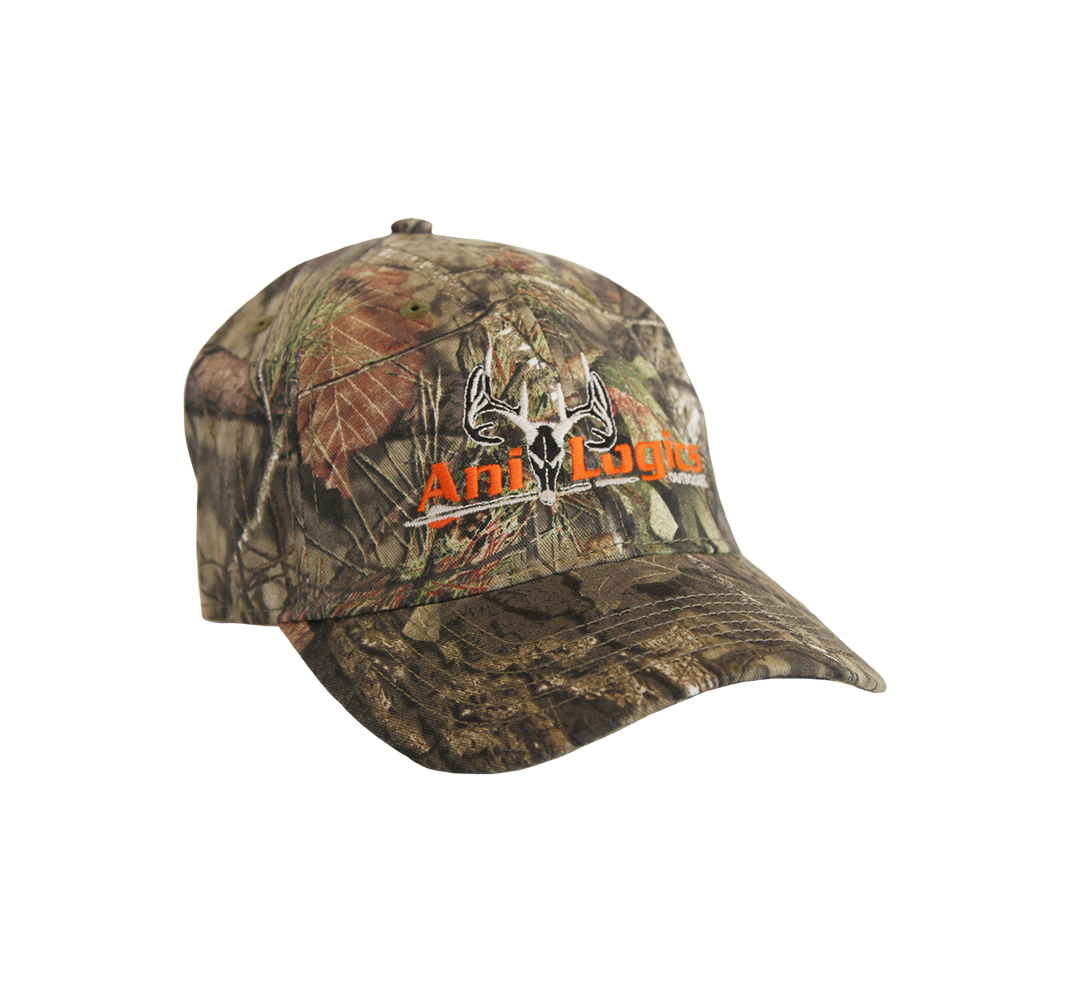
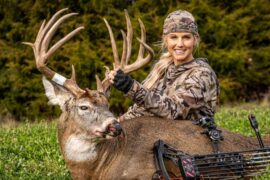
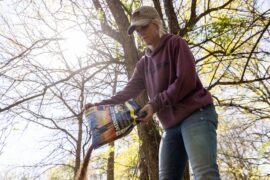

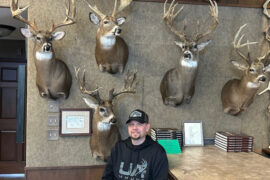
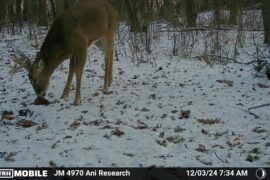
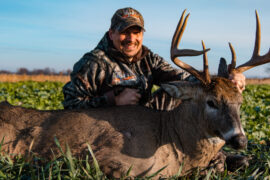
Comments (2)
Mr. Neuman,,
Enjoyed your article. I’m a Wildlife Biologist myself and could see exactly what your communicating 20 years ago as Animal Care Supervisor at the Auburn University Deer Research Facility. The Fawn is the future of the deer herd and the Doe is the Incubator! Her condition will be the catalyst of the fawns future Hey man,
On another note, how do you feel about the EHD (Expect Healthly Deer Technology) recently developed and marketed by Real World? That’s a “Bold ” claim to a product to curtail a mysterious virus, don’t you think?
Love to hear your take!
Hey Steven,
Yes most people don’t understand that when it comes to maximizing production via nutrition, the longer a herd has access to high quality nutrition, the better the results. As for Real World, I haven’t seen enough information to make an educated decision on its effectiveness. So far, all they have done is show that they killed a virus in-vitro (in a petri dish) using some of the ingredients in the EHD product. A true experiment has yet to be performed on actual deer. Real World believes that a summary abstract posted on their own website qualifies as “science.” To actual scientists, it’s meaningless until some peer review has been performed on it.
-Tim
Comments are closed.